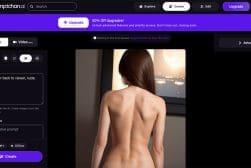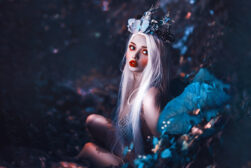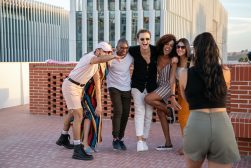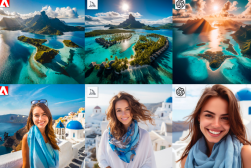
How to Write AI Art Prompts for Realistic Results
Learn the art of crafting effective AI art prompts to achieve stunningly realistic results, enhancing your creative process with precision and imagination.
AI | Software | By Jeff Collier
Shotkit may earn a commission on affiliate links. Learn more.
This guide to writing AI art prompts will help you compose better inputs for AI image generators to get outstanding outputs.
I’ll walk you through all the required steps for crafting a robust AI art prompt.
I’ll also provide you with practical examples of well-written prompts and the AI tools you’ll need throughout the process.
(All the AI art in this article was created using DALL-E.)
Let’s get started on your first AI art prompt.
The Recommended Structure of an AI Art Prompt

Upon analyzing many effective AI art prompts, I found a few common components in their structure.
The following are these components in order:
- A clear description of the image content and subject, including any action and state
- Well-defined art style and form
- Detailed visual elements like lighting conditions and framing
The following section explains how to include these components in your prompts.
The 5 Steps for Crafting AI Art Prompts for Realistic Results
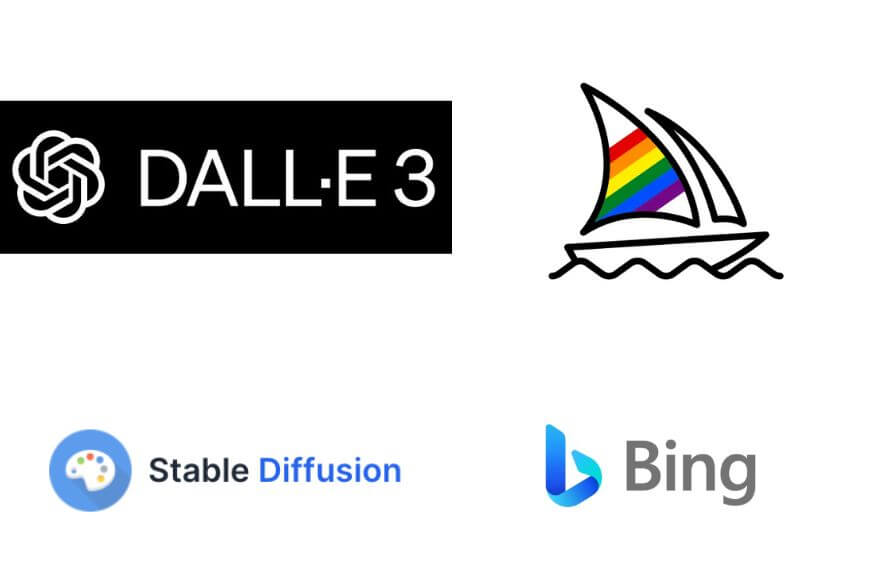
Do you use DALL-E, Bing Image Creator, Midjourney, Stable Diffusion, or another artificial intelligence model?
Regardless of the tool, the following steps will help you compose the best prompt to get the optimal results from any art generator:
1. Begin with Detailed Image Content
This seems intuitive, but the first thing to include in your prompt should be the image’s content.
What do you need the image to be about? Want a picture of a dog? A specific landscape? A Cyberpunk style city street?
When writing the main image content, you need to be as descriptive as possible. Determine the state of the subject and identify the actions it’s involved in.
For example, a dog happily sits, excitingly plays or furiously chases something.
2. Specify the Image Form
An AI-generated image can take many forms: painting, illustration, sculpture, and photography.
If you want to get more realistic results, avoid leaving the choice of the form to the image generator. You need to include this crucial detail in your prompt.
Here is a short list of the most common art forms you may use:
- Photography
- Digital art
- Ceramic art
- Illustration
- Oil painting
- Watercolor painting
- Chinese painting
- Abstract painting
- Street art
- Sculpture
- Film stills
3. Determine an Artist’s Style and Color Choices
You can specify an artist’s name, such as Leonardo Da Vinci or Vincent van Gogh, in the prompt so that the image generator mimics their style. Even better, you can choose a popular artwork for the image generator to mimic its visual style.
Some art generators, including Midjourney and Stable Diffusion, are proficient in mimicking other styles.
Furthermore, identifying your desired color scheme or color palette in the prompt will help generate better images.
4. Set Framing and Lighting Conditions
When generating a piece of art using AI, you definitely have a vivid visualization of the image.
You need to include all the necessary details to get the closest result possible to what you visualize.
To do so, you should include more details about framing and lighting conditions.
Framing
For starters, framing is how you position the image’s subject in the overall context. It helps in delivering the primary message of the image.
An example of using framing in your prompt: “A runner enthusiastically warms up for a race with a vast audience in the background, wide shot, realistic.”
To frame the image of the runner, I’ve used the description “vast audience in the background.” I also specified the shooting angle as a “wide shot.”
Lighting Condition
Determining the lighting condition of your image is vital to its overall look.
Think of your desired image and pick the best lighting condition for it.
The following are a few lighting conditions that can be helpful:
- Sunset
- Golden hour
- Dramatic lighting
- Cinematic lighting
- Neon lights
- Hard light
- Soft lighting
- Volumetric lighting
- Warm lighting
5. Adjust the Prompt and Try Again
Let’s be realistic! No matter how many details you provide in the prompt, there’s a probability you won’t get what you need from the first time.
Your prompt might have errors that lead to unsatisfying results. Alternatively, the generator might not be advanced enough to process your prompt.
The good news is that you can tweak the prompt and use a better version to get different results.
Remember, generating an AI image isn’t a one-step action. Instead, it’s typically an iterative process.
How to Write AI Art Prompts for Stable Diffusion
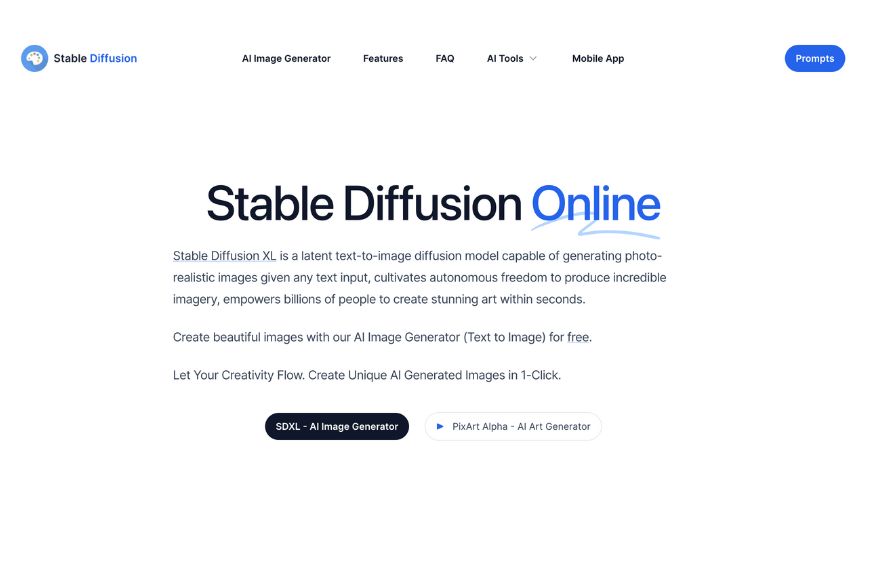
All the steps mentioned above apply to the Stable Diffusion image generator. In addition, you can benefit from some of Stable Diffusion’s advanced settings.
Here they are:
Advanced Image Style Selection
Stable Diffusion enables you to select the desired image style from a long list of various options. So, you don’t need to write it manually in your prompt unless your desired style isn’t on the list.
Negative Prompt
This advanced option allows you to write a negative prompt that determines the elements you don’t need to be present in your image.
This option provides you with more control over the results.
Setting Image Dimensions
This paid feature lets you determine the exact dimensions you need for your image.
If you create the image to use on a specific media platform, which is usually the case, this feature can be highly valuable.
Tips for AI Art Prompts
Besides following the best steps, learning some pro tips can help you get better results using AI image generators.
The following are the most important ones to consider:
- Use simple keywords in your prompt and avoid including complicated or uncommon ones. Most image generators won’t recognize highly complex phrasing.
- Place important keywords first in the prompt. The earlier the order of a keyword, the more weight the image generator will give it.
- Use strong adjectives to describe the subject and the style of the image. This will get you closer to your desired result quickly.
- Being descriptive with your prompt is highly recommended. Still, being overly descriptive can be counterproductive. Be concise and only mention the important things.
AI Arts Prompt Examples
If you’re feeling stuck writing the prompt for your next image, reading examples of well-written prompts will help you draw inspiration.
The following are 20 AI image prompts of different types that help you craft your own:
AI Art Prompts for Portraits

- A portrait of a mountaineer picking their back bag at sunrise, realistic, hard lighting.
- A portrait of a wolf, looking with confidence, simple background, soft lighting. (See above for result)
- A photorealistic portrait of a cute cat standing in front of a window, golden hour, oil painting.
- An action portrait of an exhausted weightlifter holding a heavy barbell on their shoulder, a close-up shot, dramatic lighting.
- A portrait of a pretty young girl, smiling, natural landscape, green background, soft lighting.
AI Art Prompts for DnD Characters
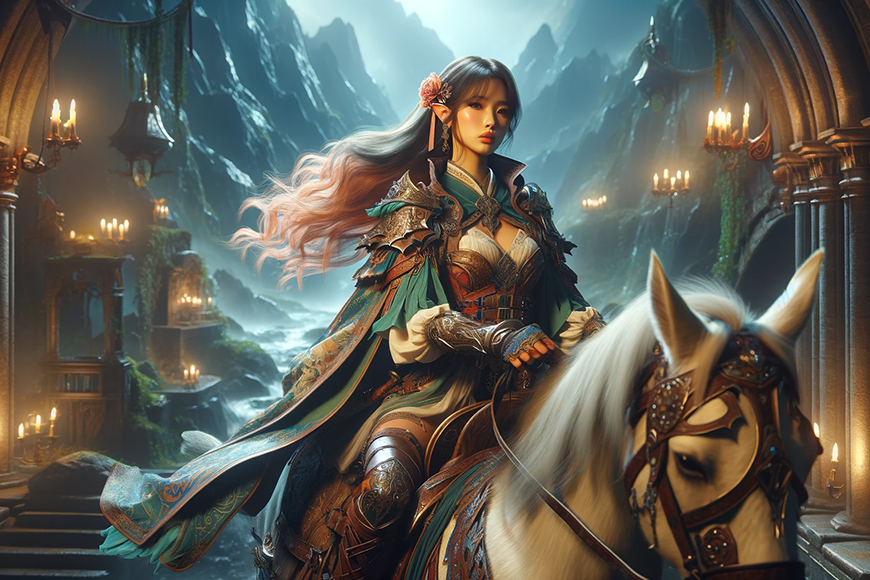
- A portrait of a tall waiter standing confidently in front of two other waiters, DnD style, dynamic lighting.
- A portrait of a fantasy female riding a horse, wearing a colorful outfit, DnD style, medieval fantasy, dim lighting, fantasy landscape. (See above for result.)
- A warrior with a sword and shield standing on a spacious battlefield, the audience in the background, DnD style, digital art, Medieval fantasy.
- A giant dog in the forests, surrounded by wild plants, chaos on the ground, sniffing and searching for something, DnD style.
- A party at a bar, a crowded place, a waiter serving drinks, DnD style, medieval fancy.
Funny AI Art Prompts

- A giraffe takes a selfie with other animals on a seashore, and a dolphin appears on the sea.
- A panda wearing a ballet outfit, smiling, dancing around bamboo, bright lighting, DnD style.
- Spider-Man and Venom having dinner together, sitting around a dining table, digital art, fantasy. (See above for result.)
- A robot brushing its hair, the hair is made of electric wires, standing in front of a mirror.
- A small group of aliens on a picnic on an unknown planet; the background is a sky full of different moons and a spaceship, light-hearted tone, bright pastel colors.
AI Art Prompts for Anime

- An anime scene of a character standing beside a majestic dragon, the background is a huge mountain, focus on the dragon’s size. (See above for result.)
- An anime depiction of a street full of Pokemon characters, a crowded city, and bright lights.
- Anime scene of a city in the future, flying cars, people and robots are walking.
- An anime depiction of a football match, the stadium is full of excited fans.
- An animated young man riding a scooter on Mars, bright color palette, Earth is in the background.
Speed Up Your Prompt Writing Speed with AI Art Prompts Generators
You can use AI prompt generators to help you write more effective prompts faster.
Mastering these AI-powered tools will make your life much easier.
The following are the two platforms that I highly recommend for creating your own AI art prompts:
PromptHero

PromptHero is a free platform with an extensive library of art prompts you can easily tweak and use.
To write your best prompt, you can search the platform using keywords for an image similar to what you think of.
When you find the one that suits you best, click on it to see its prompt. You can adjust and use this prompt to get an image similar to that.
promptoMANIA
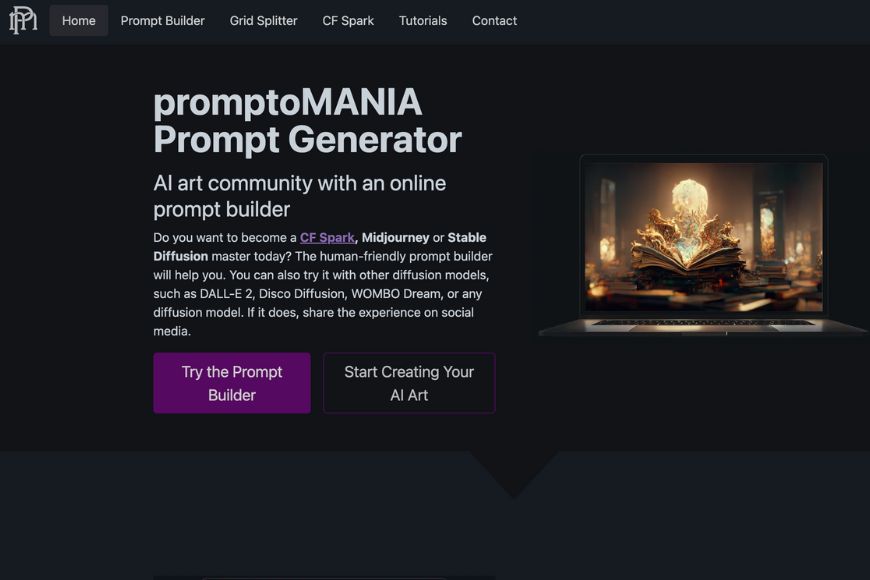
promptoMANIA can be your prompting personal assistant.
Select the AI model you use and describe the details of the image you desire for the tool, and it will generate a reliable prompt to use.
The great thing about this platform is that it allows you to upload an image to help you find the prompt to generate another similar image.
It can also help you define the best art form, artist style, and size for your image.







